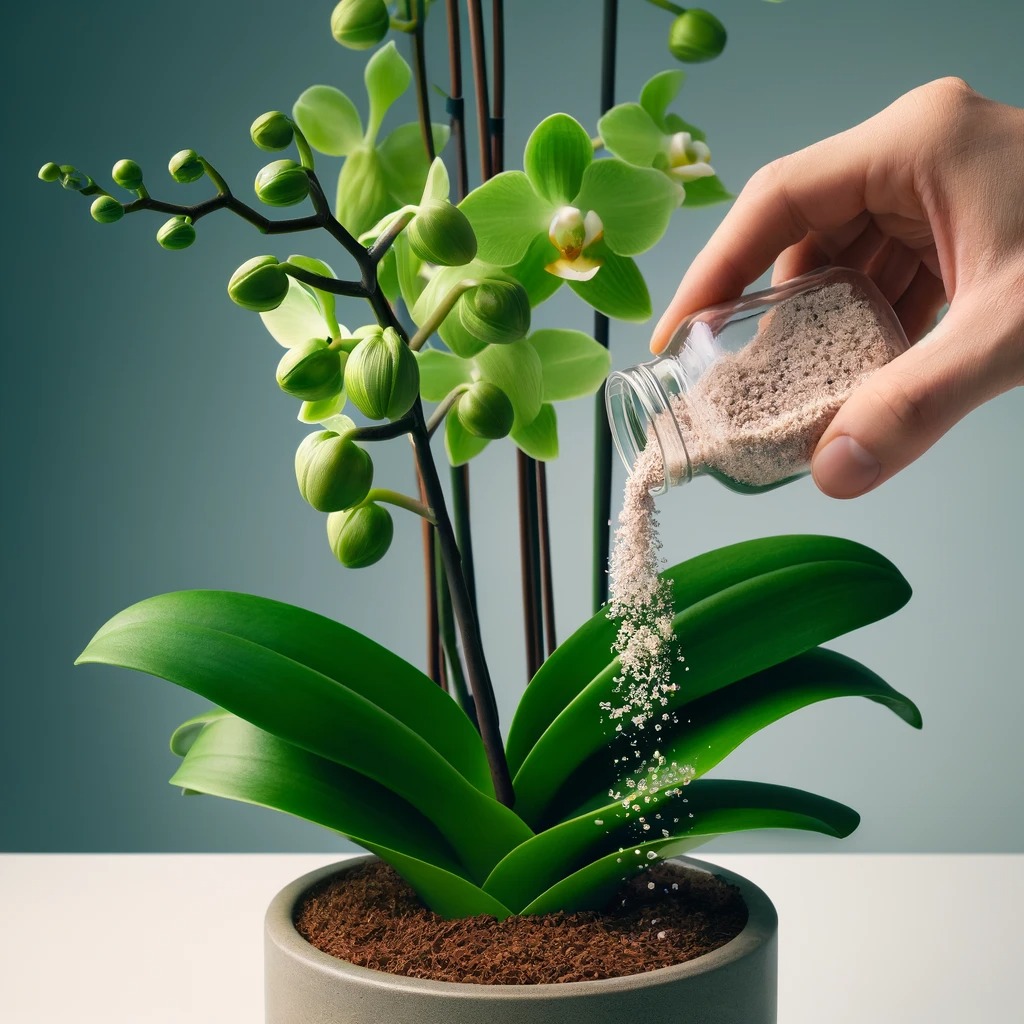
Orchids, with their exquisite beauty, are often perceived as delicate flowers, and caring for them can be a subject of uncertainty and mistakes. In this article, we provide you with tricks for keeping orchids in constant bloom, covering everything from watering to their placement.
When properly cared for, orchids can last for years, offering an abundance of splendid flowers. Follow these carefully curated tips to ensure your orchid remains healthy and in bloom.
1. Suitable Pot: While orchids are often sold in transparent containers, not all orchids are suitable for this type of pot. Terrestrial orchids, for instance, thrive in ceramic or any other opaque material. Epiphytic orchids, like the famous Phalaenopsis, benefit from receiving light on their roots. However, any type of orchid will develop roots outside the pot if it doesn’t receive the required amount of light.
2. Watering: Orchids need to have consistently moist roots, but it’s crucial not to create water stagnation. Watering should be done by spraying water on the substrate (for terrestrial orchids) or through immersion in water for about 2 minutes, no more. Allow the plant to drain thoroughly to avoid waterlogging.
To determine when your orchid needs water, insert your finger into the substrate to check its moisture level. Another method is to ensure that the roots are a fresh green color. If they are not grayish, they need water.
3. Flowering: For continuous orchid flowering, change the substrate once a year, while keeping the same pot since orchids don’t grow in size. As you water the plant, the substrate loses nutrients, making it essential to change it. Apply a dedicated fertilizer, and choose a substrate specifically designed for orchids.
4. Trick to Stimulate Flowering: One of the most effective tricks to stimulate orchid flowering is to expose them to a bit of cold. During colder months like February, March, October, or November, place the orchid outdoors on a balcony or terrace, avoiding frost, direct sunlight, and cold drafts. Keep the orchid outdoors for a week. This way, the plant senses the seasonal change and triggers flowering.
If the roots are already exhausted and the plant hasn’t bloomed for an entire year, try another trick: add a teaspoon of dissolved honey to the water used for irrigation. Perform this operation no more than once a year.
5. Transplanting: Transplanting is straightforward: remove the plant from the pot and let the pine bark fall. Spray a specific orchid fungicide on the roots, then use some substrate to replant the orchid. Continue filling the pot with substrate, tapping it gently to settle it.
6. Pruning: When an orchid spike stops producing flowers and enters a layer of decay (turning brownish and starting to dry), cut it with sterilized scissors. To aid in healing the cut, apply a bit of powdered cinnamon.
By incorporating these tricks into your orchid care routine, you can enjoy a continuous display of blooms and keep these beautiful flowers thriving for years to come.